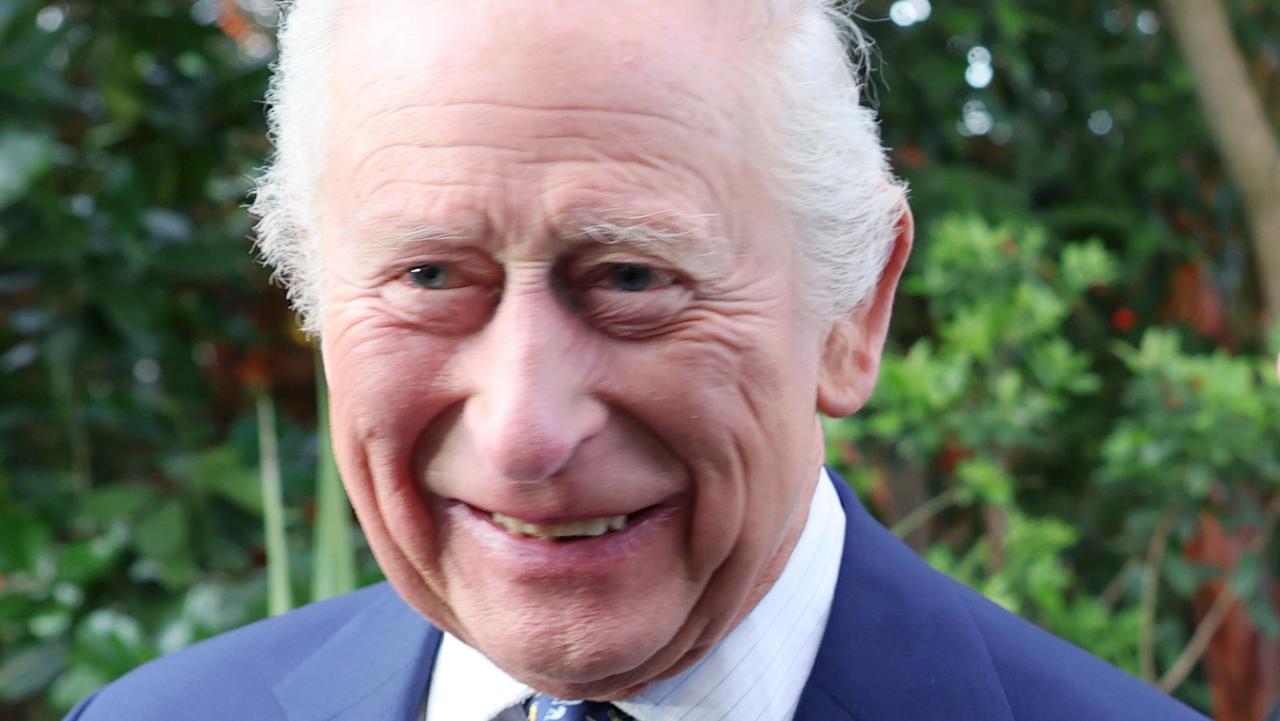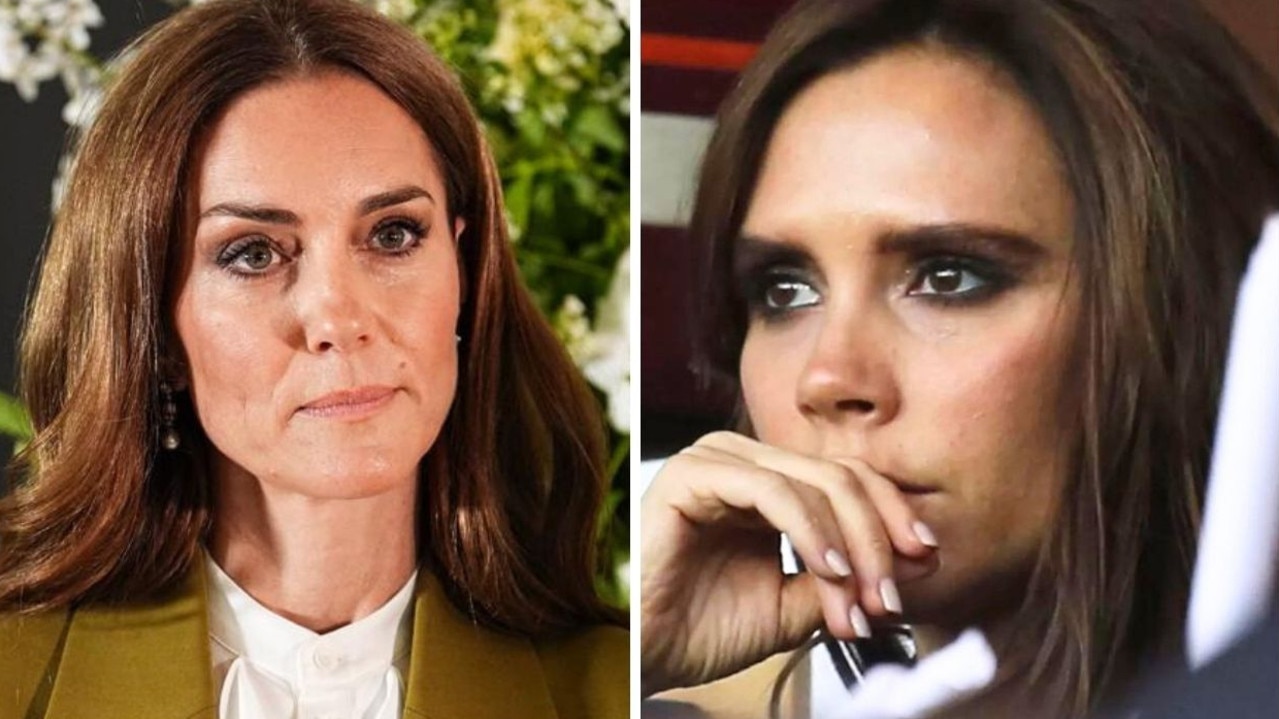Royal millions: What Princess Mary will own when she becomes queen
When Princess Mary becomes Queen of Denmark she will become custodian of an extraordinary fortune — but it comes at a time when the source of those riches is being questioned.

Royals
Don't miss out on the headlines from Royals. Followed categories will be added to My News.
January 14 is graduation day, but also the payday of all paydays for the former Mary Donaldson. The one-time advertising executive, who grew up in a modest suburban home south of Hobart, will in just over a week become custodian of an estimated $A60 million family fortune, when she becomes the Queen of Denmark.
As Queen, she’ll have five palaces at her disposal, as well as a hunting lodge, a royal train carriage, a 78 metre superyacht (perfect for those little trips out to Greenland and the Faroe Islands), a Rolls-Royce known as “Big Crown”, some 15,000 items of furniture, an extensive art collection, and a cosy two-person horse-drawn carriage covered in 24-karat gold leaf.
Once proclaimed queen, Mary and her husband Frederik will also receive a significant annual tax-free stipend from the Danish parliament, reviewed twice a year in line with the salaries for public servants.
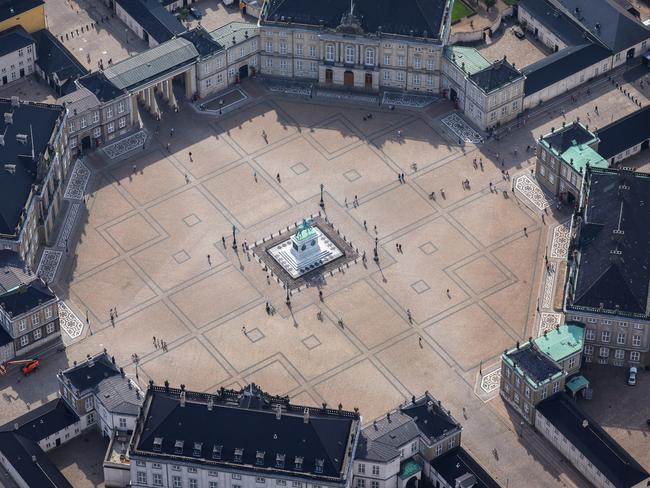
In 2022 the allowance for Queen Margrethe was nearly 89 million Danish krone (DKK) – just over $19 million in Australian dollars.
While the payment covers all the expenses of running the royal households, including staff, administration and property costs, separate stipends are provided for other serving members of the family, and an additional payment – capped at DKK 4.5 million ($A1 million) is set aside for overseas travel.
In 2019 Business Insider estimated the Danish royal family to have a net worth of $A60 million, making it the seventh largest royal fortune in Europe. It’s a hefty pile, but a long way behind the estimated fortune of the British royal family ($A787million), or that of the monarchs of Liechtenstein ($A5.2 billion) and Luxembourg ($5.9 billion).
It should also be noted that in Denmark some of the most visible trappings of royal life – the extensive palaces and crown jewels – technically belong to the state rather than the sovereign, although they are at the disposal of the royal family.
Like the Windsors of England, the Royal House of Denmark publishes an annual financial report, offering a tantalising glimpse into its wealth. In addition to the sovereign’s parliamentary allowance, the report also itemises nearly DKK 2.9 million ($A600,000) in other income, DKK 2 million ($A500,000) in Value Added Tax rebates (the family is exempt from paying it), and DKK14.2 million ($A3 million) in securities and cash.
The 2022 report (the most recent one to be published) also includes the full financial statements for Crown Prince Frederik and Princess Mary, but intriguingly offers only one sentence with regards to Frederik’s brother Prince Joachim, noting his annuity ($A833,838) and his VAT rebate ($A43,966), and leaving it at that.
In addition to the royal estate and the annual parliamentary allowance, Mary and Frederik will also benefit from a century-old family fund. While the exact value of this treasure chest, known as the Kongelige Danske Løsørefideikommis, is unknown, by tradition it is passed solely from one monarch to the next, rather than being split between multiple inheritors.

It all adds up to a life of extreme luxury, of course, but Mary and Frederik will become custodians of these riches at a time when the origins of royal wealth are under scrutiny like never before.
Over the past decade, calls for reparations and apologies from the former colonial powers who benefited from the slave trade and the plundering of claimed territories have come with increasing force.
In November, 20 nations of the Caribbean Community (Caricom) joined with the African Union to push the case for reparations from the former empirical powers; Caricom secretary-general Carla Barnett was reported as saying it was “an important inflection point in the global movement for reparatory justice”.
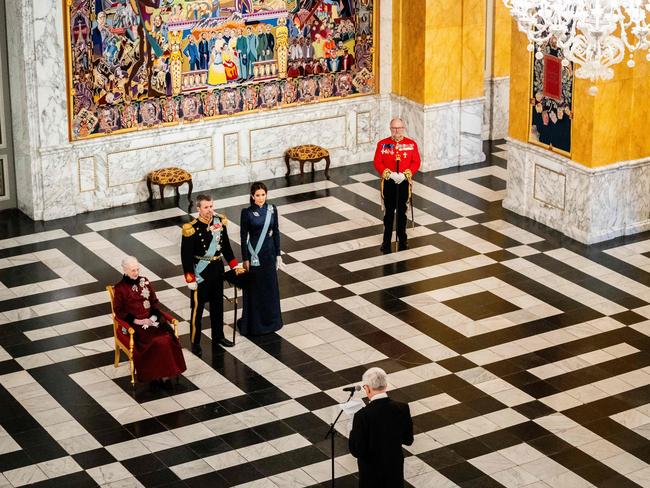
The issue is becoming thorny for Europe’s royal houses. Last July, the Dutch King Willem-Alexander apologised for his family’s ties to slavery, describing it as a “crime against humanity”. And Britain’s King Charles has spoken about his “personal sorrow” about the slave trade, but has been criticised for not apologising or offering reparations.
Denmark’s colonial reach was much smaller than the English, Dutch, French, Spanish and Portuguese, but they were active in the slave trade, with an estimated 100,000 Africans transported in chains to the Danish West Indies (now the US Virgin Islands) between the 16th and 18th centuries. The city of Charlotte Amalie on the Danish-controlled island of Saint Thomas was reportedly home to one of the world’s largest slave markets in the 1700s.
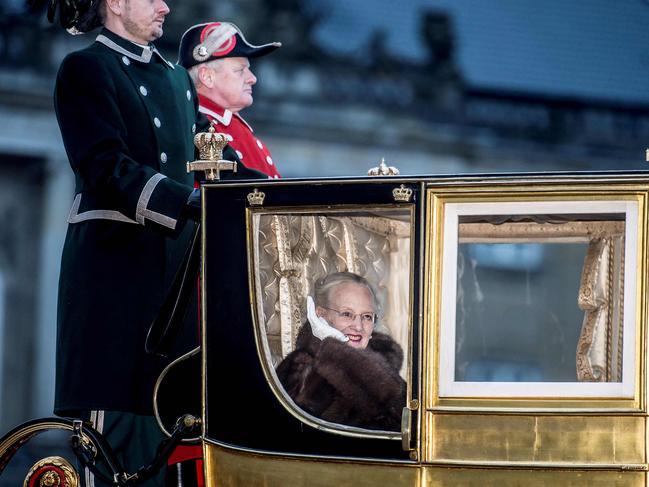
In 2013 the Danish government declined to offer a formal apology to the US Virgin Islands for the evils of slavery, but Caricom has identified Denmark as one of the nations it wants to pursue for both an apology and reparations.
“It’s becoming an increasingly politically significant and noisy issue,” ANU history professor Angela Woollacott said.
British research on slave ownership a decade ago had “really set the ball rolling for historians in other countries,” she said.
While not claiming expertise in Danish royal history, Prof Woollacott said the slavery question could well be one that Frederik and Mary might have to deal with during their reign.
“This is an issue that’s not going to go away. It’s only going to get louder,” she said. “Other royal families will be brought into it.”
“The Danes weren’t big compared to Britain, France, the Netherlands, Spain and Portugal; (they) were small fry. So there may not be a lot there – but there may well be something.”
More Coverage
Originally published as Royal millions: What Princess Mary will own when she becomes queen




